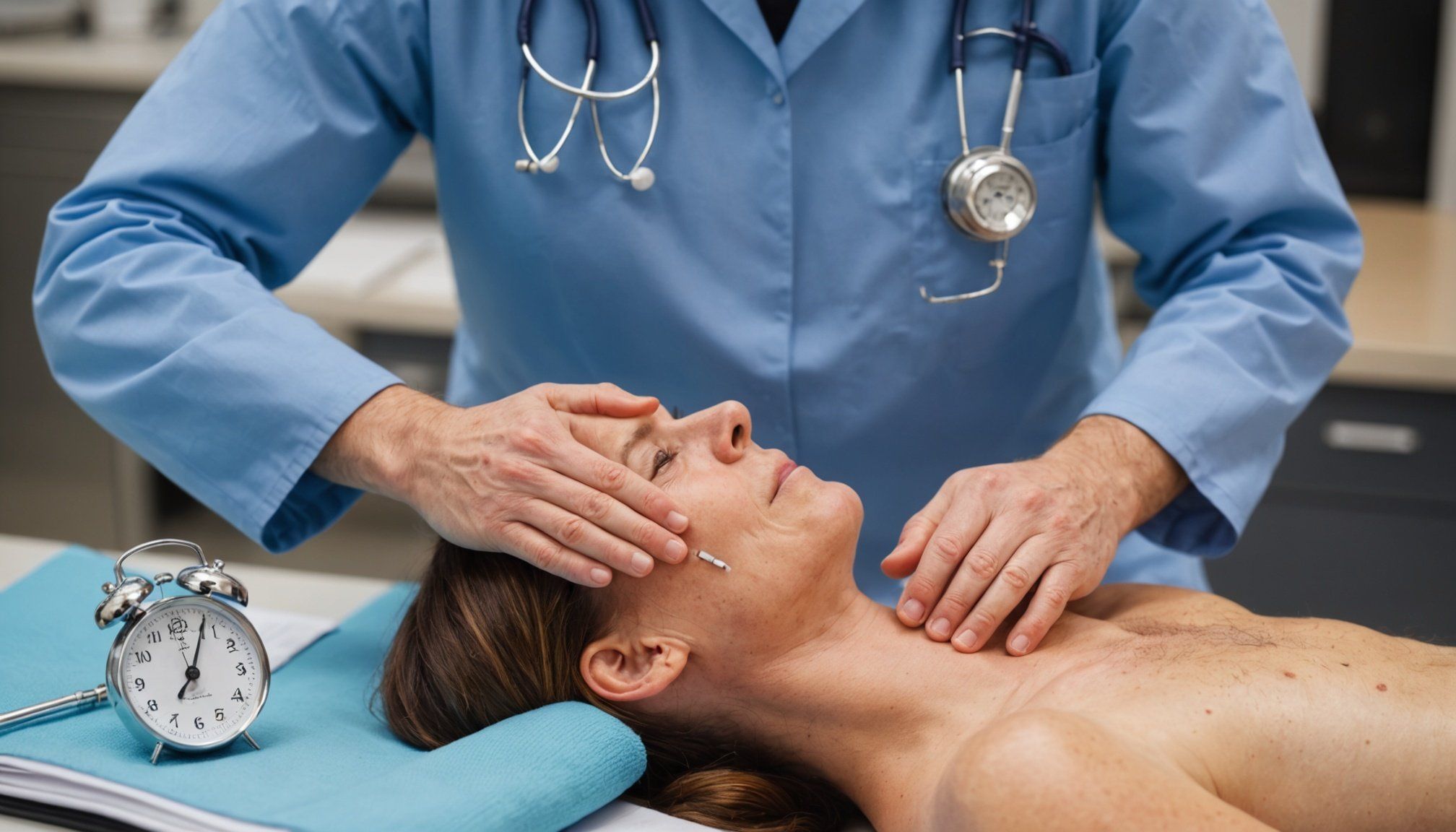Overview of Non-Medicated Labor Pain Management
Non-medicated labor pain management involves techniques to alleviate discomfort during childbirth without pharmacological intervention. This approach is pivotal in promoting a more natural birthing process, enabling women to experience childbirth with minimal medical interventions. The importance lies in offering alternatives that can complement or replace medicated pain relief, preserving both mother and infant’s well-being.
In the United Kingdom, UK Guidelines advocate for informed choices. Expectant mothers should be aware of the variety of options available. Recommendations highlight the necessity of understanding both non-medicated and traditional techniques, ensuring women can tailor their choices to personal comfort and health needs.
Different from traditional methods that often rely on analgesics or epidurals, techniques such as breathing exercises, hydrotherapy, and massage don’t involve chemical interventions. These can successfully manage pain, often enhancing the sense of control and active participation in childbirth.
This comprehensive approach not only respects a woman’s autonomy in choosing but also aligns with evidence-based practices aimed at minimizing interventions. The non-medicated path offers a more personalised experience, one in which the emotional and physical aspects of labor are harmoniously integrated.
Massage and Touch Techniques
Massage and touch techniques are integral components of non-medicated labor pain management, offering expectant mothers relief and comfort. They tap into the body’s natural responses, providing soothing sensations that can reduce anxiety and pain perception.
Types of Massage for Labor
Various massage techniques, such as effleurage and counter-pressure, are particularly beneficial. Effleurage involves light, circular strokes on the abdomen, while counter-pressure uses firm, sustained pressure on the lower back, easing discomfort from contractions. Both techniques aim to enhance relaxation and focus, often leading to an increased sense of well-being.
Role of Partners in Pain Management
Partner support plays a crucial role during labor. Involving partners in the application of massage techniques not only strengthens emotional bonds but also actively engages them in the childbirth experience. Partners can learn specific techniques beforehand to provide consistent and effective support.
Effectiveness of Touch Techniques
The effectiveness of touch therapy in labor has strong support from research findings. Studies reveal significant reductions in stress and pain levels when touch techniques are employed. By encouraging endorphin release, these techniques can naturally alleviate pain, offering a practical and gentle approach to managing labor experiences.
Breathing Techniques
Breathing Techniques are a crucial component of non-medicated labor pain management, offering coping strategies that empower women during childbirth. They work by modulating the body’s response to pain through focused and rhythmic breathing.
Types of Breathing Techniques
Several methods, such as Lamaze and patterned breathing, are widely used. Lamaze encourages expectant mothers to consciously focus on inhaling and exhaling at set intervals. Patterned breathing often involves varying the pace and depth of breaths, which helps reduce tension and manage contractions.
Benefits of Controlled Breathing
Breathing techniques can significantly mitigate pain by facilitating relaxation and reducing anxiety, which in turn can shorten labor duration. Controlled breathing ensures a better oxygen supply to the mother and baby, mitigating the stress of labor.
Practical Tips for Expectant Parents
To maximise the benefits of breathing techniques, parents should practice regularly before labor. Enrolling in prenatal classes that focus on these methods can be beneficial. It’s essential to maintain flexibility; adapting breathing patterns to the intensity of contractions is key, ensuring the technique suits individual needs and promotes overall well-being during childbirth.
Hydrotherapy for Pain Relief
The use of hydrotherapy as a form of pain management during labor is increasingly gaining traction due to its natural and calming effects. By immersing in warm water, expectant mothers can experience reduced muscle tension and increased comfort, leading to a more manageable labor process.
Mechanisms of Hydrotherapy
Hydrotherapy works through several mechanisms. It aids in reducing gravity’s pull, alleviating joint stress, and promoting muscle relaxation. The buoyancy provided by the water relieves pressure on the body’s tissues and joints, which can diminish the perception of labor pain. Additionally, warm water encourages the dilation of blood vessels, improving circulation and enhancing relaxation.
Recommended Practices
Water birth and immersion during the first stage of labor are common practices. It’s essential to maintain a water temperature between 36 to 37°C for optimal comfort and safety. Many hospitals and birthing centers now offer birthing pools, and it’s advised to consult with healthcare providers on their usage prior to labor to ensure familiarity with the facilities provided.
Safety Considerations
While hydrotherapy is generally safe, certain protocols must be observed to mitigate risks. Ensuring cleanliness and proper water temperature are crucial. Supervising practitioners should monitor fetal health closely during immersion. With these precautions, hydrotherapy can offer a gentle, yet effective avenue for non-medicated pain relief.
Support Systems and Environmental Factors
Labor support and creating an optimal birth environment play critical roles in non-medicated pain management during childbirth. The presence of a supportive network not only eases the birthing process but also contributes significantly to the mother’s emotional well-being.
Role of Doula and Support Persons
Doulas and support persons provide continuous physical, emotional, and informational assistance, crucial for promoting a positive labor experience. Their role is to advocate for the mother’s wishes and comfort, offering reassurance and practical help in using techniques like massage or breathing strategies. Their presence has been linked to reduced need for medical intervention, highlighting their importance in non-medicated approaches.
Creating a Comforting Environment
The birth environment must be calm and soothing to enhance non-medicated pain management techniques. Dim lighting, soft music, and familiar scents can create a serene space, supporting relaxation and decreasing stress. This environment aligns with the body’s natural rhythms, promoting a smoother labor process.
Impact of Emotional Support
Emotional support is vital, as it helps manage labor pain by reducing anxiety and promoting endorphin release, naturally decreasing discomfort. A compassionate and understanding support team ensures a woman feels heard and respected, crucial for a positive childbirth experience.
Recent Research and Practitioner Opinions
Staying informed on Labor Pain Research offers invaluable insights into evolving non-medicated pain relief techniques. Recent studies focus on comparing the efficacy of various methods, showing positive trends toward minimal intervention approaches. For example, research summarised in several journals illustrates a significant decrease in the need for medical interventions among mothers who utilise non-medicated pain management during labor.
Practitioner insights reveal a growing consensus on the advantages of these methods. Many healthcare professionals advocate for incorporating non-medicated approaches, emphasising their benefits in maintaining a natural birthing process and supporting holistic childbirth experiences. Practitioner Insights further highlight that tailored pain management strategies can reduce reliance on traditional interventions like epidurals, empowering mothers through informed choices.
Looking toward the future, experts are exploring innovative advancements in non-medicated pain management strategies for childbirth. The potential development of new techniques, better integration of existing practices, and enhanced training for those involved in maternal care mark exciting Future Directions. Continuous labor pain research and practitioner collaboration remain pivotal in refining these non-medicated approaches, ensuring they meet the diverse needs and preferences of expectant mothers.











